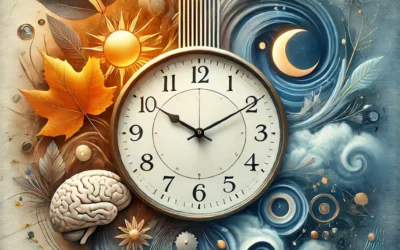The treatment of bipolar disorder, therefore alternation of mania, hypomania, or depression, can be first of all divided into acute and long-term treatment.
The aim of acute treatment is to reduce the intensity of symptoms and support the patient in managing his/her illness. In a manic episode, patients may have the impression that they are not in trouble at all. On the contrary, they feel full of energy, have an euphoric mood, and they are not always aware of the long-term consequences and of their risky behaviour. In the case of depression, when a pessimistic mood persists, feelings of inadequacy and incapacity, together with overwhelming tiredness, can lead to the patient losing his will to live. This is why it is necessary to intervene as quickly as possible through medication (psychopharmaceuticals), targeted psychotherapy, and sometimes electroconvulsive therapy (known as electroshock therapy, ECT) used in the most severe cases.
All of these procedures aim to maintain the highest possible quality of life and psychosocial functioning of the patient. If the patient’s condition allows it, the professionals also try to return the patient to his/her home and then to the work environment.
Long-term treatment of bipolar disorder focuses on maintaining a stable state without symptoms of mania, hypomania and depression. It is at this time that it is both most important and most challenging to follow the recommendations of the healthcare professionals. Pharmacotherapy is set up to maintain a symptom-free state and it often differs from pharmacotherapy indicated in acute cases. Psychotherapy is also crucial at this stage, as it aims to maintain improvement and prevent a relapse.
Trust and long-term cooperation between the patient, his/her family, doctor, psychologist, or psychotherapist is crucial to maintain a stable condition for as long as possible or to intervene early in the case of a relapse of symptoms of mania, hypomania, or depression.
Glossary
Remission = a state in which the symptoms of a disease have fully or very noticeably subsided
Relapse = or recurrence, is a re-emergence of the symptoms of the disease
Episode = or phase of illness, in bipolar disorder, we use the terms subdepressive/depressive/hypomanic/manic episode or phase
Hypomania = a state in which symptoms of mania appear in a less intense form than in mania
Electroconvulsive therapy = is a stimulating biological treatment via electrical impulses, used for severe psychiatric conditions where it may be the most effective, the quickest, and safest in both. The patient undergoes it voluntarily, is under full anesthesia, and also receives other drugs to relax the muscles; the procedure is short (more in the following article).
Prevention = avoidance
Psychopharmaceuticals = drugs that are used primarily for mental disorders
Psychotherapy = treatment with psychological tools and resources
Deutsche Gesellschaft für Psychiatrie, Psychotherapie, Psychosomatik und Neurologie (DGPPN; German Society for Psychiatry and Psychotherapy Psychosomatics and Neurology, 2020): S3 guideline on diagnosis and therapy of bipolar disorders. Long version 2.1. Available at https://dgppn.de/leitlinien-publikationen/leitlinien.html. Last access: 30.06.2021
Zemanová, M. (2021). Bipolární afektivní porucha. 2021. Dostupné na webových stránkách:https://www.pnhb.cz/psychiatricke-texty/bipolarni-afektivni-porucha
Janatka, J., Morávek, S., & Tichý, V. (2009). Strategie léčby bipolární afektivní poruchy. Psychiatrie pro praxi.
Köhler, R. (2014). Elektrokonvulzivní terapie. Psychiatrie pro praxi.



